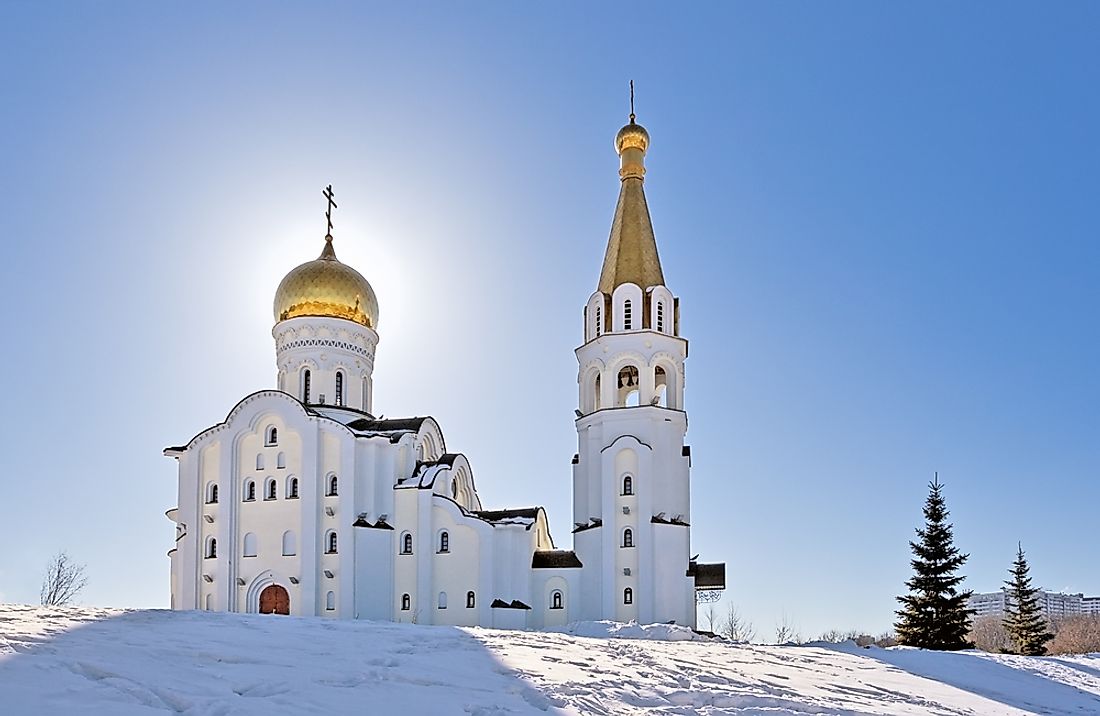What Was the East-West Schism?

The East-West Schism refers to a religious event that occurred in 1054 AD, resulting in the separation of the relationship between Christian churches in the West and in the East. This event marked the creation of the Roman Catholic and Eastern Orthodox churches. By the time the schism occurred, the Roman and the Byzantine Empires had already been in disagreement over power and theological issues for several years. This article takes a closer look at the causes and effects of the East-West Schism.
Events Leading up to the East-West Schism
A number of factors contributed to the East-West Schism and include everything from different spoken languages in the two regions to the correct way to carry out certain religious practices. Additionally, the theology of the Eastern churches was heavily influenced by Greek philosophy, while the Western theology was influenced by Roman law.
The disagreements leading up to the final dissolution of the two churches date back to the 4th century AD. One of these factors occurred when the Western churches included the mention of Jesus as the son of God in the church creed without first consulting the Eastern church. Between 404 and 415 AD, the Roman Pope stopped all communication with the Eastern church when the Byzantine Empire and its Patriarchs refused to recognize the Roman appointment for Patriarch of Constantinople. Later, in 482, the Byzantine Emperor issued the Henotikon order in an attempt to bring the two churches closer together by not addressing the common disagreement concerning the divinity or human nature of Jesus. However, the Bishop of Rome had not approved the decree and excommunicated the Patriarch of Constantinople in response.
Other disagreements between these two churches included: jurisdiction over the Balkans territory, authority of the Pope of Rome over other church members, and proper practice of the Eucharist. In terms of the Eucharist service, the Eastern church began wetting the Eucharist bread in wine, which was prohibited by the Western church. Under the Roman Empire, the Eucharist service was conducted with unleavened bread, to the disagreement of the Eastern church.
The Breaking Point
The final schism began in 1053, when the Roman churches located in the Byzantine Empire were discovered practicing Western traditions during religious services. The Patriarch of Constantinople ordered the churches to perform rituals and services according to the Eastern traditions, but was denied the order. In response, he had all of the Roman churches in the Byzantine Empire closed. In 1054, the Pope of Rome sent a group of representatives to Constantinople to discuss a number of issues concerning the church, including the authority of the Pope over all churches. The Patriarch of Constantinople refused the order and was excommunicated by the Roman authority. In retaliation, the patriarch of Constantinople did the same.
The Roman Catholic Church and the Eastern Orthodox Church have never reconciled their differences, which are magnified by geography, language, theology, and politics. Both sides continue to blame the other for the final Schism and each has even accused the other of heresy. In 1980, the two churches established the Joint International Commission for Theological Dialogue Between the Catholic Church and Orthodox Church. Recently, the two churches have increased their communication although complete reconciliation does not seem likely.











